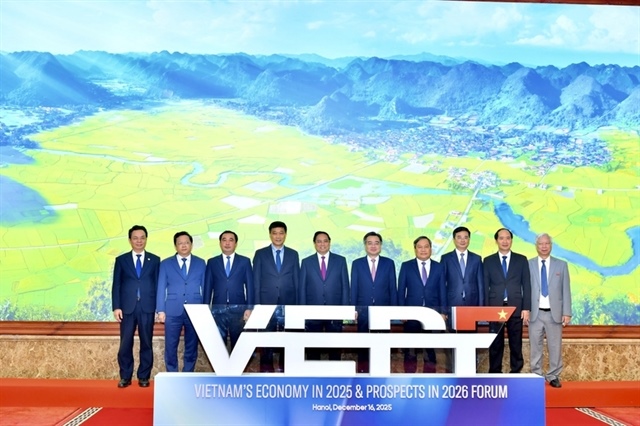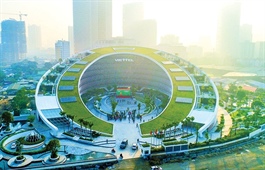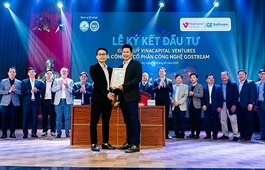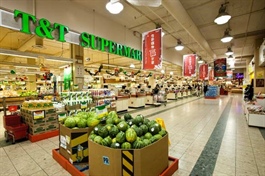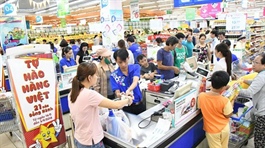Mekong Delta drives attractiveness to foreign investors
Mekong Delta drives attractiveness to foreign investors
Foreign investors from Thailand, South Korea, and Japan are eyeing investment opportunities in garment and textiles, construction, solar power, manufacturing, and retail in the Mekong Delta.
At a dialogue on investment in the Mekong Delta, Nicolas Le, regional expansion director of Central Group (Vietnam) stated the company is interested in expanding its investments to Chau Doc and Long Xuyen districts of An Giang province, where consumer demand is very high.
“Central Group is looking for newly-built trade centres from 4,000-20,000 hectares. In the next 1-2 years we hope to develop two centres and a series of convenience shops in An Giang province,” Le said.
The dialogue was held between An Giang People’s Committee and foreign investors on March 23 in Ho Chi Minh City by the Investment Promotion Centre-South Vietnam (IPCSV) under the Ministry of Planning and Investment.
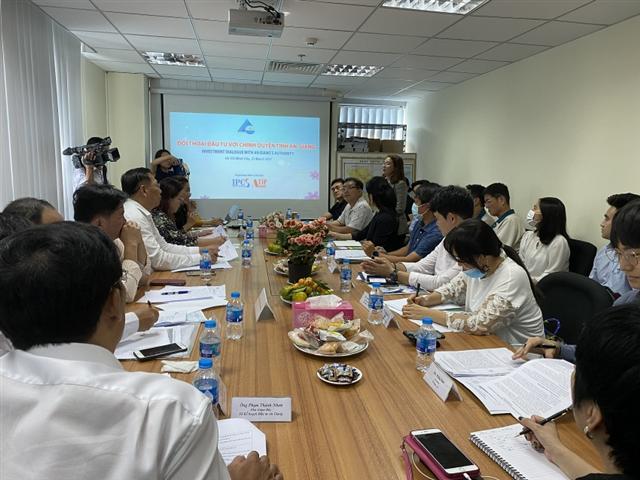
A dialogue between An Giang province People’s Committee to foreign investors was held on March 23 in Ho Chi Minh City by the Investment Promotion Centre-South Vietnam (IPCSV) under Ministry of Planning and Investment
|
JS Construction from Korea, meanwhile, is looking for a minimum of 1,000ha for agricultural planting. Kim Jong Seong, director of JS Construction said that this land site needs clean land and infrastructure, especially water for irrigation.
Thai investors, meanwhile, expressed interest in the development of the border gate economy and industrial parks.
Audsitti Sroithong, minister counsellor from Office of the Board of Investment, shared that in the establishment of the border gate economy, the most important factor was the infrastructure system which must facilitate logistics.
According to Tran Thi Hai Yen, director of the IPCS, the investment promotion activities so far have not been effective enough as each province was working alone.
Many provinces are offering similar incentives while they need a unique offering that suits their natural resources and geographical position, as well the investment directions of the central government.
“Although the investment demand in the Mekong Delta provinces is great, investment promotion activities have remained ineffective,” Yen said at another meeting held on the same day where regional promotion centres shared experiences and discussed solutions to improve investment promotion in the region.
Yen added that the IPCS has received many diplomatic delegations (both online and offline) as well as large corporations that are very interested in investing in the southern region, especially the Mekong Delta.
The unit has also been tasked by the Ministry of Planning and Investmentwith promoting cooperation with provinces, enhancing investment promotion, and preparing steps to welcome and support the shift of foreign direct investment (FDI) flows in the coming time.
Regarding regional investment promotion links, Nguyen Thi Huyen Ngoc, deputy head of IPCS Investment Promotion Department, said there is an overlap in investment promotion activities run by many agencies.
In addition, these agencies are uncoordinated, partly due to the weakness of local investment promotion agency in reporting, exchanging information and promoting activities.
That is why Ngoc claimed regional linkages are essential to be set up, to reduce costs, better harness resources, and promote common interests while creating a common brand and a unifying driving force in investment promotion.
It is known that the Ministry of Planning and Investment has just assigned IPCS to set up a national electronic portal and the official launching ceremony is scheduled to be held in April 2021.
This will be a platform for all local authorities of the 13 cities and provinces of the Mekong Delta where the foreign business community can share and request information on opportunities in this region.
The IPCS has also been working with the consulates general of many countries in Ho Chi Minh City which are sending articles covering information on investment opportunities and investment needs of foreign enterprises through the industry associations in their country in this portal.
The Mekong Delta accounts for 12 per cent of the country's area and 19 per cent of its population (about 17 million people). It is often referred to as the "rice bowl" of the country as it accounts for half of its total rice output and 95 per cent of its export rice output.
According to the World Bank, this region accounts for 20 per cent of the global rice trade.
Fishery production is also the region's strength, accounting for 65 per cent of Vietnam's production volume.
However, for many years, the Mekong Delta has been overlooked by foreign investors, receiving only 8 per cent of the total FDI capital pouring into the country each year on average.
This rate has increased significantly last year, when FDI in the Mekong Delta region reached $6.08 billion, accounting for 21.3 per cent of the total. Outstanding projects included the $4 billion liquefied natural gas (LNG) thermal power plant in Bac Lieu invested by Delta Offshore Energy (Singapore), the O Mon II thermal power plant project with the total investment of $1.3 billion from Marubeni (Japan) and Vietnam Investment Construction and Trading Joint Stock Corporation (Constrexim Holding), and especially the $3 billion LNG-to-power project invested by VinaCapital GS Energy, a joint venture between South Korean GS Energy and VinaCapital which received the investment certificate on March 21.




